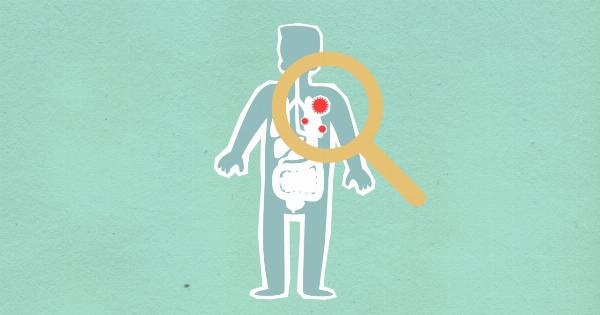The prevalence of autism spectrum disorders (ASD) has increased significantly over the last two decades. According to the Centers for Disease Control and Prevention (CDC), about one in 59 children in the United States has been identified with ASD.
Researchers have been studying the possible causes of ASD for years, including genetic, environmental and neurological factors. One area that has gained increasing interest is the timing of birth and its potential connection to ASD.
The Theory
The theory behind the timing of birth and its link to autism is known as the “season of birth effect”. Researchers have observed that there is a higher prevalence of individuals with ASD born in certain months or seasons than in others.
This has led to the hypothesis that environmental factors, such as infectious agents or vitamin D deficiency during pregnancy, may play a role in the development of ASD.
What the Research Shows
A number of studies have looked into the season of birth effect and the connection to ASD. A 2011 study published in the journal Pediatrics found that children born in the month of March were more likely to have ASD than those born in August.
Another study published in the Journal of Autism and Developmental Disorders found that children born in the winter months were at a higher risk of having ASD. Yet another study published in the European Journal of Epidemiology found that children born in the spring and summer had a lower risk of ASD.
While there is some evidence that the season of birth effect may be real, there are also studies that have contradicted these findings.
A 2013 study published in the Journal of Epidemiology and Community Health found no association between the month of birth and ASD. Another study published in the Journal of Autism and Developmental Disorders found no significant differences in the incidence or prevalence of ASD across different seasons of birth.
Possible Explanations for the Season of Birth Effect
There are a number of potential explanations for the season of birth effect and its relationship to ASD. One theory is that seasonal changes in infectious agents may play a role.
For example, a pregnant woman may be more susceptible to certain viruses during the winter months, and exposure to these viruses may increase the risk of ASD in her child.
Another theory is that the season of birth effect may be related to differences in levels of sunlight exposure during pregnancy. Vitamin D, which is important for brain development, is synthesized in the skin in response to sunlight.
It is possible that low levels of vitamin D during pregnancy may be a contributing factor to the development of ASD in children born in certain seasons.
Other Factors that may Influence the Risk of ASD
While the season of birth effect is one possible factor in the development of ASD, there are many other factors that may be involved. Genetics, for example, plays a significant role in the risk of developing ASD.
Other environmental factors, such as exposure to pollutants or certain medications during pregnancy, may also increase the risk of autism.
In addition, there is evidence to suggest that early life experiences, such as exposure to stress or trauma, may influence the likelihood of developing ASD.
A 2010 study published in the Archives of General Psychiatry found that children who were exposed to traumatic events or experienced early life stress were more likely to develop ASD.
Conclusion
The timing of birth and its relationship to the development of autism is an area that has received a great deal of attention from researchers.
While there is some evidence to suggest that the season of birth effect may be real, there are also studies that have contradicted these findings. More research is needed to fully understand the role that environmental factors play in the development of ASD.
In the meantime, it is important for pregnant women to take steps to minimize their risk of exposing their developing fetus to harmful environmental factors.
This may include eating a healthy diet, avoiding exposure to pollutants and toxins, and taking steps to manage stress. By taking these steps, women can help promote the healthy development of their child’s brain and reduce their risk of developing ASD.





























